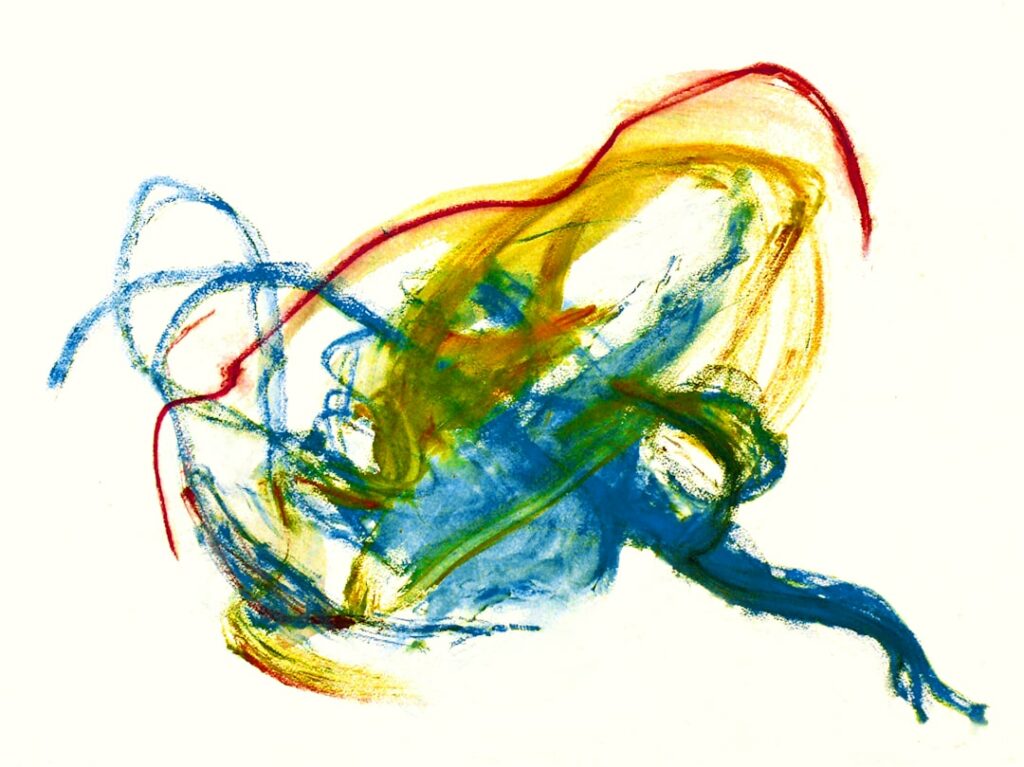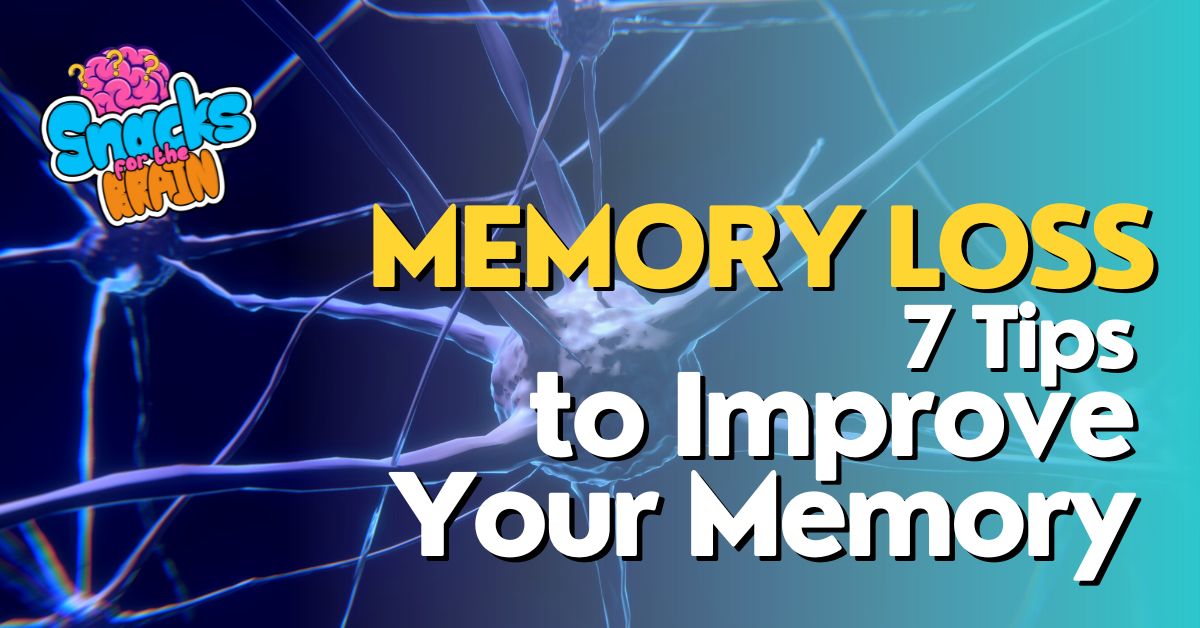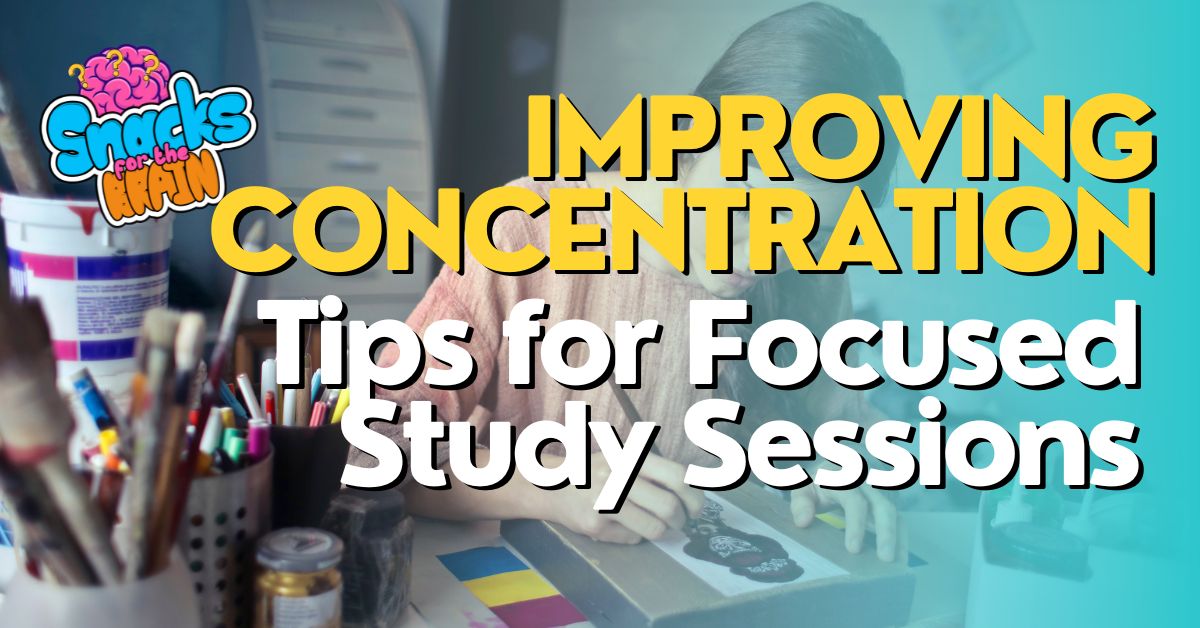Creativity and art have been widely acknowledged as effective means of cognitive stimulation. Engaging in artistic activities, such as painting, drawing, or sculpting, activates the brain in unique ways that can significantly impact cognitive function. The creative process involves problem-solving, critical thinking, and the utilization of memory and learning skills, making it an excellent method for brain stimulation.
Research has demonstrated that participating in creative pursuits can positively affect mental health by reducing stress and anxiety levels while promoting overall well-being. This article will examine the influence of creativity and art on brain function, explore the cognitive advantages of art therapy, discuss the role of creativity in problem-solving and critical thinking, and investigate how art and creativity can enhance memory and learning processes. Additionally, it will provide practical suggestions for incorporating creativity and art into daily routines to promote cognitive stimulation.
Key Takeaways
- Creativity and art play a crucial role in cognitive stimulation, promoting brain function and overall mental well-being.
- Engaging in creative activities and art can have a positive impact on brain function, including improved memory, attention, and problem-solving skills.
- Art therapy offers cognitive benefits by providing a non-verbal outlet for expression and promoting emotional processing and self-reflection.
- Creativity is essential for problem-solving and critical thinking, as it encourages innovative and flexible thinking patterns.
- Incorporating art and creativity into everyday life can enhance memory and learning, providing opportunities for cognitive growth and development.
The Impact of Creativity and Art on Brain Function
Boosting Neural Connectivity and Plasticity
When we engage in creative activities, such as painting or drawing, our brains are activated in a way that promotes neural connectivity and plasticity. This means that engaging in creative activities can actually help to strengthen and build new neural pathways in the brain, which is essential for cognitive function.
Promoting Holistic Brain Function
The act of creating art requires the use of both the left and right hemispheres of the brain, which promotes holistic brain function. Studies have shown that engaging in creative activities can improve cognitive function, enhance problem-solving skills, and even help to prevent cognitive decline as we age.
Improving Mood and Reducing Stress
Furthermore, the act of creating art has been shown to increase dopamine levels in the brain, which can improve mood and reduce stress and anxiety. Overall, the impact of creativity and art on brain function is profound, making it an essential tool for cognitive stimulation.
Art Therapy and its Cognitive Benefits
Art therapy is a form of therapy that utilizes the creative process of making art to improve and enhance mental and emotional well-being. It has been widely recognized for its cognitive benefits, particularly in the realm of mental health. Art therapy can help individuals express and process their emotions, reduce stress and anxiety, and improve self-esteem and self-awareness.
From a cognitive perspective, art therapy engages the brain in a way that promotes problem-solving, critical thinking, and memory and learning. It can also help individuals develop coping skills and improve their ability to regulate emotions. Art therapy has been used to treat a wide range of mental health issues, including depression, anxiety, PTSD, and trauma.
It has also been shown to be effective in improving cognitive function in individuals with neurodegenerative diseases such as Alzheimer’s. Overall, art therapy is a powerful tool for cognitive stimulation and can have a profound impact on mental health.
The Role of Creativity in Problem-Solving and Critical Thinking
Creativity plays a crucial role in problem-solving and critical thinking. When we engage in creative activities, we are required to think outside the box, come up with innovative solutions, and approach problems from different perspectives. This type of thinking is essential for problem-solving and critical thinking in all areas of life.
Creativity allows us to see connections between seemingly unrelated things, which can lead to breakthroughs in solving complex problems. Additionally, engaging in creative activities can help to improve our ability to think flexibly and adapt to new situations. This type of cognitive flexibility is essential for problem-solving and critical thinking.
Overall, creativity is a fundamental aspect of cognitive function and is essential for developing strong problem-solving and critical thinking skills.
How Art and Creativity Enhance Memory and Learning
Engaging in creative activities has been shown to enhance memory and learning. When we create art, we are required to use our memory to recall techniques, colors, shapes, and other elements of the creative process. This type of memory recall is essential for strengthening memory function.
Additionally, engaging in creative activities can improve our ability to focus and concentrate, which is essential for learning new information. The act of creating art also requires attention to detail, which can improve our observational skills and attention span. Furthermore, engaging in creative activities can improve our ability to think critically and analytically, which is essential for learning new concepts and ideas.
Overall, art and creativity play a significant role in enhancing memory and learning and are essential tools for cognitive stimulation.
Incorporating Creativity and Art into Everyday Life for Cognitive Stimulation

Engaging in Creative Activities with Others
Engaging in creative activities with friends or family can also be a fun way to stimulate the brain while socializing.
Bringing Creativity into Everyday Tasks
Additionally, incorporating creativity into everyday tasks, such as cooking or gardening, can also be a great way to engage the brain in a creative way.
Finding Joy in Creative Activities
It’s important to find activities that you enjoy and that bring you joy, as this will further enhance the cognitive benefits of creativity and art. Overall, finding ways to incorporate creativity and art into everyday life is essential for cognitive stimulation and overall well-being.
The Importance of Embracing Creativity and Art for Cognitive Health
In conclusion, creativity and art play a crucial role in cognitive stimulation and overall brain function. Engaging in creative activities has been shown to have a profound impact on brain function, improving neural connectivity and plasticity, enhancing problem-solving skills, and promoting overall well-being. Art therapy is a powerful tool for cognitive stimulation and has been widely recognized for its cognitive benefits in improving mental health.
Creativity is essential for problem-solving and critical thinking and plays a significant role in enhancing memory and learning. Finding ways to incorporate creativity and art into everyday life is essential for cognitive stimulation and overall well-being. Embracing creativity and art is not only enjoyable but also essential for maintaining cognitive health throughout life.
If you’re interested in enhancing your cognitive abilities through creative activities, you may also want to check out this article on mastering calculus and essential study tips for success. The ability to think critically and creatively is essential for success in mathematics and other academic subjects. This article provides valuable insights and strategies for improving your study habits and mastering complex concepts. (source)
FAQs
What is creativity?
Creativity is the ability to generate new ideas, concepts, or solutions that are original and valuable. It involves thinking outside the box and approaching problems in innovative ways.
How does creativity stimulate cognitive function?
Engaging in creative activities such as art, music, or writing can stimulate cognitive function by challenging the brain to think in new and different ways. This can improve problem-solving skills, memory, and overall cognitive flexibility.
What role does art play in cognitive stimulation?
Art can play a significant role in cognitive stimulation by providing a means for individuals to express themselves creatively, engage in visual and spatial reasoning, and enhance their ability to perceive and interpret the world around them.
What are some examples of creative activities that can stimulate cognitive function?
Examples of creative activities that can stimulate cognitive function include painting, drawing, sculpting, playing a musical instrument, writing poetry or fiction, and engaging in improvisational theater.
How does engaging in creative activities benefit overall cognitive health?
Engaging in creative activities can benefit overall cognitive health by promoting neuroplasticity, which is the brain’s ability to reorganize itself by forming new neural connections. This can lead to improved cognitive function and a reduced risk of cognitive decline.






